DATA SOURCE(S): 1,5,15,24,43
Common Name(s): East Indian satinwood, Ceylon satinwood
Scientific Name: Chloroxylon swietenia
Distribution: Central and southern India, and Sri Lanka (formerly Ceylon)
Tree Size: 40-50 ft (12-15 m) tall,
1-1.5 ft (.3-.5 m) trunk diameter
Average Dried Weight: 60.7 lbs/ft3 (970 kg/m3)
Specific Gravity (Basic, 12% MC): .81, .97
Janka Hardness: 2,600 lbf (11,570 N)
Modulus of Rupture: 18,970 lbf/in2 (130.8 MPa)
Elastic Modulus: 2,032,000 lbf/in2 (14.01 GPa)
Crushing Strength: 9,410 lbf/in2 (64.9 MPa)
Shrinkage: Radial: 5.6%, Tangential: 7.8%,
Volumetric: 13.6%, T/R Ratio: 1.4
Color/Appearance: Heartwood ranges from light to golden yellow, to orangish brown. Whitish yellow sapwood generally paler than heartwood, but not always clearly demarcated from heartwood. Frequently seen with a mottled or rippled grain pattern, resembling ripples in satin fabric, lending to its name satinwood.
Grain/Texture: Grain is interlocked, producing an attractive mottle figure, as well as striped or roey patterns on quartersawn surfaces. Texture is fine and even, with a very high natural luster.
Rot Resistance: Rated as very durable regarding decay resistance, though susceptible to insect attack.
Workability: Difficult to work on account of its high density and interlocked grain. Most surfacing and planing operations result in tearout, especially on quartersawn surfaces. Pronounced blunting effect on cutters. Turns superbly. Glues and finishes well, able to take a high natural polish.
Odor: Has a faint, pleasing scent when being worked.
Allergies/Toxicity: Although severe reactions are quite uncommon, East Indian satinwood has been reported as a sensitizer. Usually most common reactions include respiratory, eye and skin irritation, as well as other effects, such as headaches and diarrhea. See the articles Wood Allergies and Toxicity and Wood Dust Safety for more information.
Pricing/Availability: Increasingly scarce, with prices very high. Typically only available in veneer form, though some boards (mostly unfigured) are occasionally available. Figured pieces (particularly solid lumber) are likely to be extremely expensive.
Sustainability: This wood species is not listed in the CITES Appendices, but is on the IUCN Red List. It is listed as vulnerable due to a population reduction of over 20% in the past three generations, caused by a decline in its natural range, and exploitation.
Common Uses: Veneer, inlays, fine furniture, turned objects, and other small specialty items.
Comments: One of the original satinwood species. When West Indian satinwood (Zanthoxylum flavum) was overharvested to the point of becoming all but unobtainable in the 1800s, this East Indian species came into widespread use instead. Possessing a unique combination of hardness, fine texture, natural luster, figured grain, and color, it’s been historically accepted as a peer deserving of the satinwood title. Although from different genera, both of these true satinwood species come from the Rutaceae (citrus) family.
Images: Drag the slider up/down to toggle between raw and finished wood.
A special thanks to Steve Earis for providing a wood sample (veneer) of this wood species.
Identification: See the article on Hardwood Anatomy for definitions of endgrain features.
Porosity: diffuse porous; growth rings sometimes subtly discernible due to decrease in pore frequency in latewood along with change in heartwood color in conjunction with marginal parenchyma bands
Arrangement: solitary and radial multiples, sometimes occurring as longer radial multiples of two to six pores
Vessels: medium, numerous
Parenchyma: banded (marginal)
Rays: narrow to medium width, normal spacing; rays usually not visible without magnification
Lookalikes/Substitutes: With the exception of West Indian satinwood (Zanthoxylum flavum), there are a handful of other yellowish-colored species that are sometimes sold under the name satinwood—though nearly all of these woods (along with other anatomical differences) have a density that is 20-40% lower than true satinwoods. For a more in-depth look at these woods, see the article Sorting Out Satinwoods.
Notes: Streaked portions of the heartwood can fluoresce a weak yellow under blacklight.
Related Content:

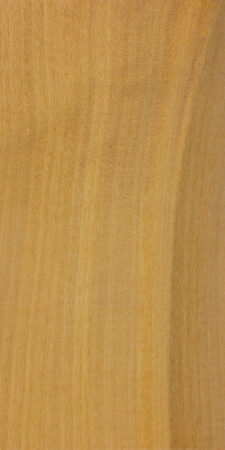
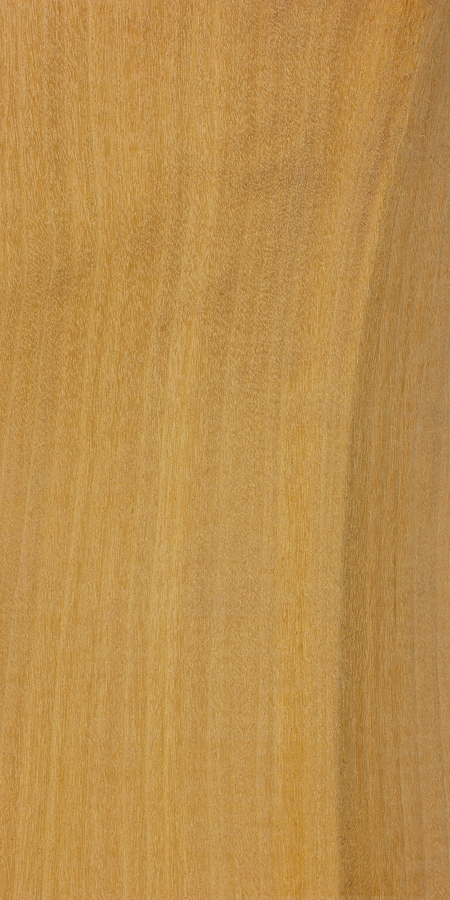
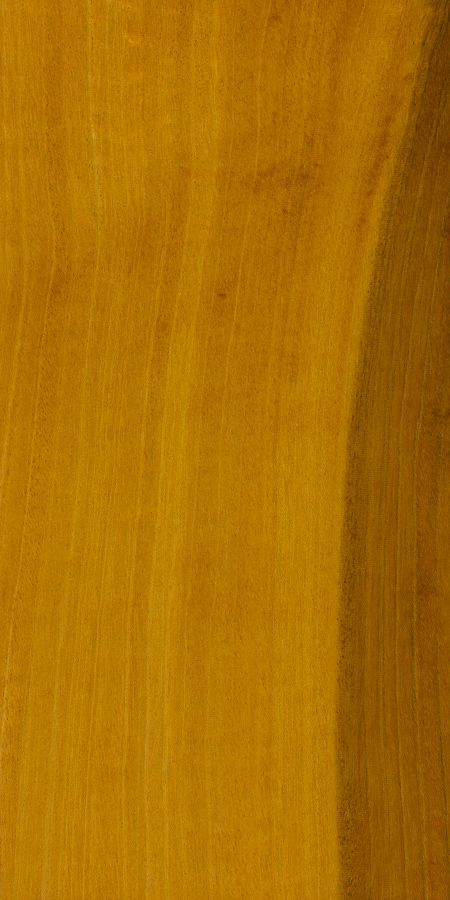
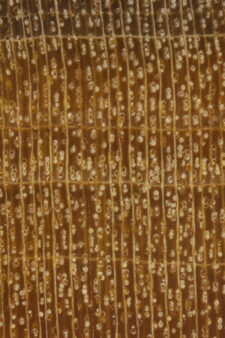

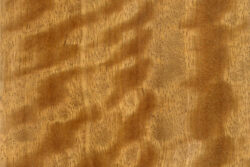


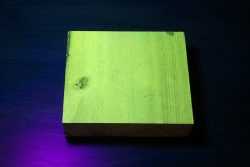
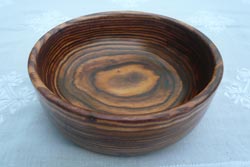
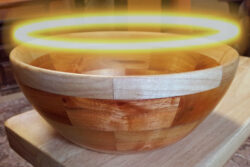



A very difficult wood to work, but when ones does the results can be fantastic. Even when shellacked and the ends waxed and air dried for ten years this wood will bend, curl and torque dramatically. Then one will need to use hand planes to straighten. That would be fine, but even with ultra sharp low angle planes there will be horrible tearout. A thickness sander will be very helpful in surfacing these boards to useability. The dimensional losses will be significant. The anger that will be released in you by using this wood will work against you; allow an… Read more »
I found a dozen 8 foot 1×4’s from a discarded crate with a from address in New Delhi. I’ve been milling the rough sawn 3/4 x 3-1/2 boards on a table saw then lots of power sanding to get to the bottom of that rippled grain. There is a lot of scrap with nail holes and split pieces which makes nice firewood with fragrant smoke and is supposed to make you sleepy, and it makes excellent charcoal for drawing with. It’s in the same family as citrus.